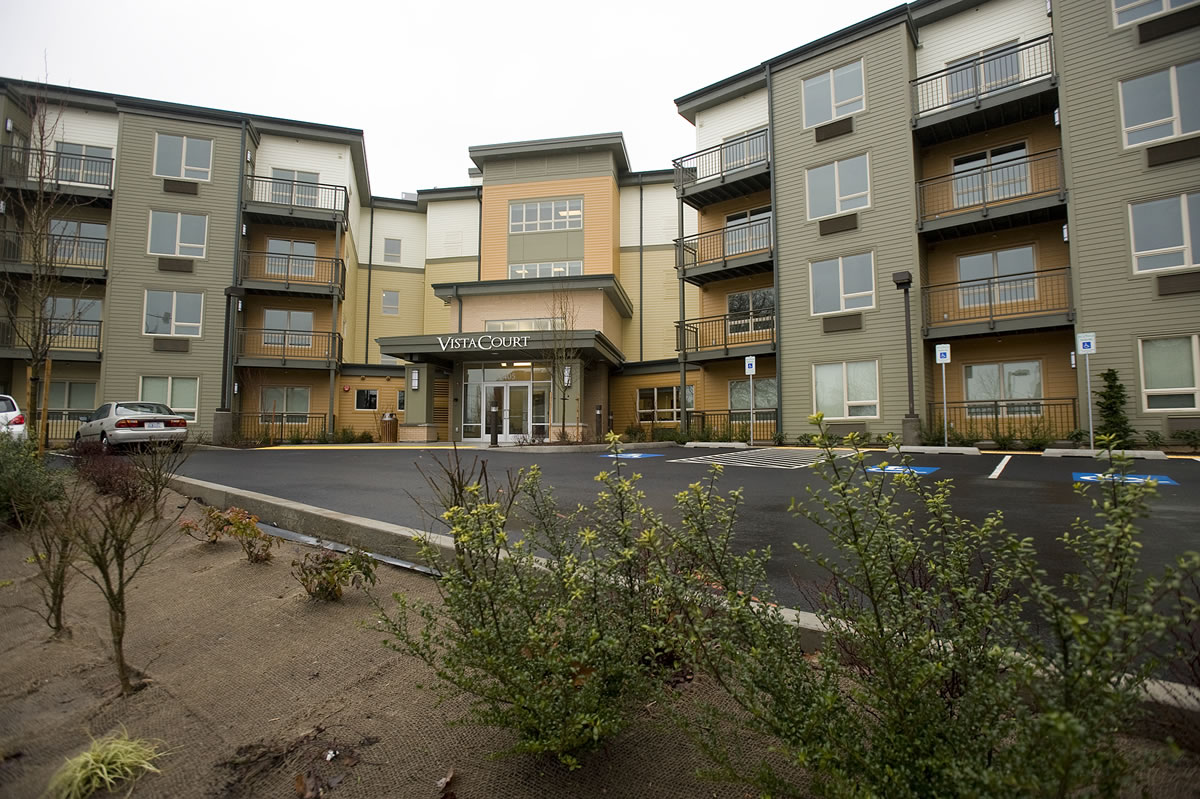There have been numerous buzz-word descriptions of the recent housing downturn and the eventual upturn. It’s either V-shaped or U-shaped, or some other image of its slide and recovery during the recent recession.
Whichever is your analogy of choice, Clark County is definitely on the upswing.
In 2012 we saw the first signs of the economy and housing comeback, especially for residential real estate, which saw prices in 2012 that could be defined as stable. The median-priced home for October 2012 was $198,000, compared to $178,000 in October of 2011, an 11 percent increase year-over-year. Projections for this year show similar improvement, with home values expected to increase in the range of 6 percent to 10 percent.
The rise in residential prices can be attributed to many factors. Consumer confidence has improved to levels of five years ago. Record low interest rates, offered at approximately 3.5 percent, have made homes more affordable.
In the rental market, prices have risen in Clark County as well as in the larger Portland metropolitan market, which now ranks as the fifth-tightest market for renters. This shortage of rental units has contributed to higher rents, making apartments attractive to investors and making home ownership an appealing option for renters.
Employment numbers continued to show improvement through last year. Reflective of that, the number of distressed properties — those in delinquency or under bank ownership — in the Clark County market continue to decline. The below-market pricing traditionally set for distressed properties is having less of an effect on the market as the number of such houses goes down.
Historically, new construction has been adequate to meet demand in Clark County, and has helped to maintain stable rates of residential property appreciation. However, a shortage of lots available for housing construction could make it more difficult to meet housing demand.
The land shortage is tied to the state Department of Ecology’s increased land-use regulations regarding stormwater runoff. Those rules make development of residential lots substantially more expensive. Additionally, financing by banks has not yet become regularly available, which limits the ability of developers to build new homes. These two factors will add additional pressure for prices to increase over the coming years.
The best statistical measure of current available housing is monthly residential inventory. That inventory of existing houses dropped by 35 percent in 2012, falling to 3.81 months. The number indicates the amount of time it would take for current homes on the market to be sold.
The housing inventory has been the most significant indicator of the direction residential values are headed. The current inventory is equal to that of April 2003. The projected 6 percent to 10 percent increase in residential real estate values is comparable to what Clark County experienced in the year following April 2003, when values rose by 11 percent.
Terry Wollam is a residential real estate broker with RE/MAX equity Group.



